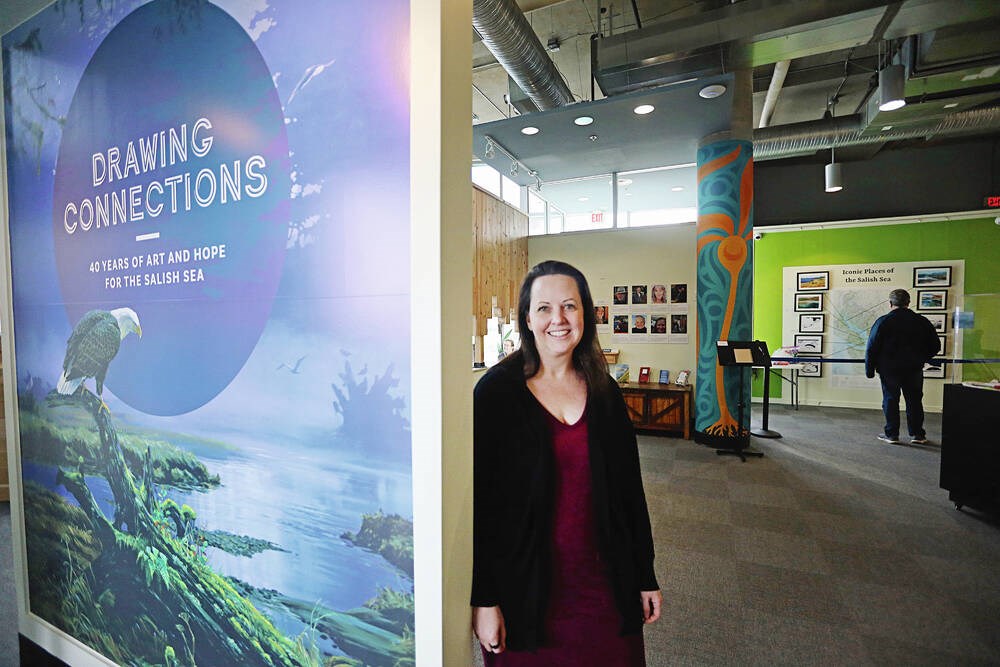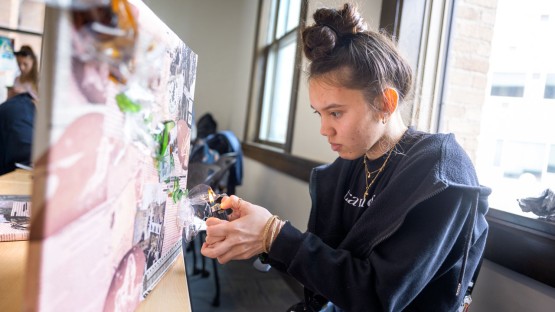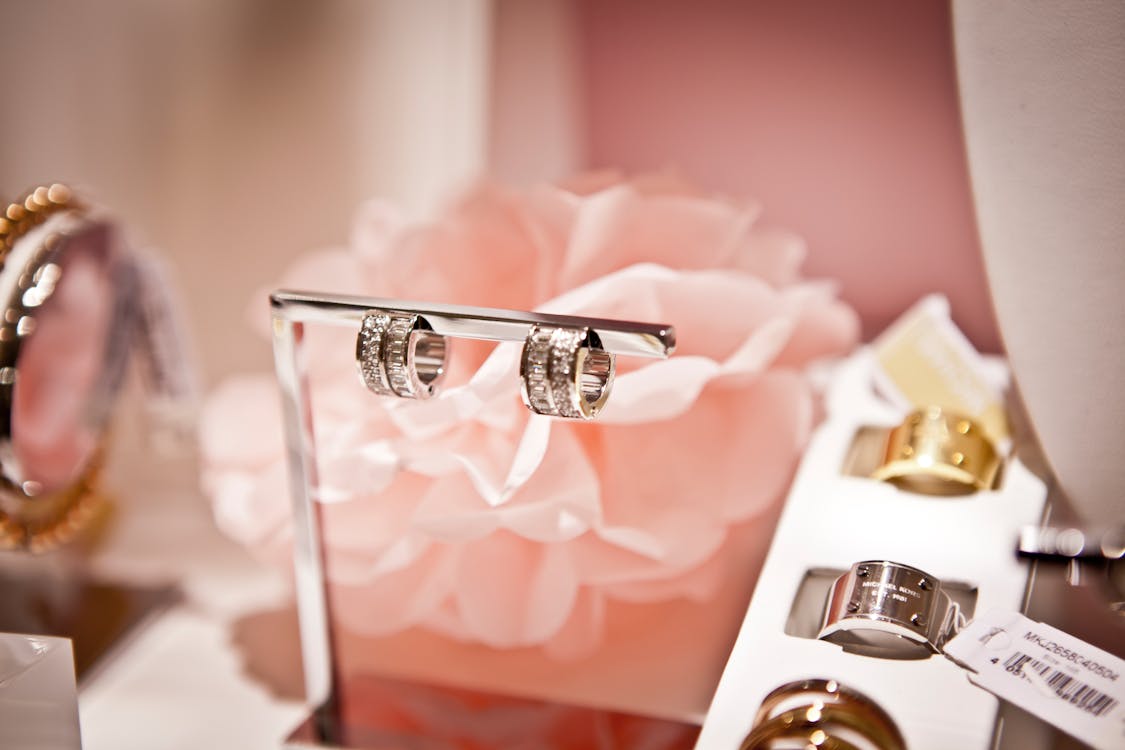Shaw Centre showcases work by artists skilled in science

The show functions the selected operates of the 8 artists in a visual journey through the ecological good results stories in the region above the final 4 many years
ob Butler enjoys to paint the magnificence of nature. But he is also a scientist who obtained bachelor and master’s levels in science, then a doctorate in zoology from the University of British Columbia in 1991.
He painted during graduate university, using on commissions and advertising his art to enable spend for his tuition.
When he graduated, he experienced a choice to make — to have on as a biologist, or to devote himself to art.
He chose to go down the pathway of the sciences.
“I preferred to start off a family. I reasoned that the sciences would deliver a more stable profits,” reported Butler. “Art can be tough as a occupation.”
He continued to paint, while, advertising items more than the several years.
“While it might be a shock to some, I do know of numerous biologists who are also artistic. They just tend to preserve it peaceful and concentrate on the science,” claimed Butler, who retired just after a 27-year profession as a biologist and scientist with the Canadian Wildlife Assistance.
“Art delivers joy. At one celebration, a girl arrived up and explained to me that she experienced bought some items in 1978 — and that they had been even now up on her wall.”
Butler is section of a team of 8 artists with backgrounds in biology and other sciences who understood of a single a different through college and performing as park naturalists, and has been collaborating for many years.
When he acquired word that the group was organizing to get alongside one another for a exhibit to celebrate its 40th anniversary, he promptly jumped on board.
That demonstrate, identified as Drawing Connections: 40 Years of Artwork and Hope for the Salish Sea, just lately opened at the Shaw Centre for the Salish Sea on the waterfront in Sidney.
The exhibit features the picked functions of the eight artists in a visual journey by the ecological good results stories in the area over the past four decades.
“I see it as an chance to get powering a message of hope and modify, to exhibit the viewers, particularly younger kids, budding artists and experts, of the calculated successes that we have completed in the final 40 several years,” claimed Butler from his household in New Westminster.
The eight contributing artists cheekily get in touch with on their own the Team of Eight, a reference to the a little bit additional well-known Team of 7 Canadian landscape painters of the 1920s and early 1930s, which include Lawren Harris, Arthur Lismer and A.Y. Jackson.
Apart from Butler, the Group of 8 involves Mark Hobson, Invoice Adams, Alison Watt, Briony Penn, Peggy Frank, Anne Stewart and Peggy Sowden.
“Even immediately after 40 a long time we are still buddies and we still have a passion in artwork and the natural environment,” mentioned Watt, who grew up in Victoria and now lives on Safety Island, in Nanaimo’s harbour.
Though the members are all researchers by instruction, they all “really come to feel that art has a highly effective position to enjoy in the discussion,” Watt stated.
“Art reminds people today of the attractiveness of what we want to preserve. Art communicates non-verbally and the images paint a immediate line to conservation.”
The team has arrive jointly a quantity of times in excess of the years, she reported, most notably in assist of a campaign to defend the Carmanah Valley from logging in 1988 and contributing to Artwork for an Oil-Absolutely free Coastline in 2015.
The collaboration goes back to the mid-1980s, when Hobson approached the McPherson Theatre about staging an artwork show about mother nature in the theatre’s lobby.
“I was explained to that they did not settle for exhibits exhibiting only two artists and that a team of 8 was their bare minimum necessity,” reported Hobson. “I was really absolutely sure I could discover a further 7 artists, so loaded in the paperwork and set the day to open on May possibly extensive weekend.”
Soon after a several calls, the group of naturalist/artists arrived together for their initial conference at Ten Mile Level in Victoria. “We had a wrestle seeking to discover a title at that meeting but sooner or later chose the Group of Eight,” Hobson reported.
The exhibit at the Shaw Centre for the Salish Sea, a not-for-profit aquarium and studying centre, arrived about right after the team enquired about leasing the place for a weekend exhibit.
As a substitute, they have been specified the chance to show their is effective for a yr.
Watt, who paints and teaches artwork remotely, reported she does not see a division between art and science.
“That’s a division made by modern society,” she claimed. “You can call us a sub-set of biologists who ended up drawn towards the science partly by an attraction to the magnificence of nature.”
She mentioned lots of early biologists stored industry journals, portray pictures of the a variety of vegetation, birds, bugs and animals they encountered on their travels. Extensive prior to cameras were being invented, well-funded explorers would vacation with their possess illustrators, who ended up artists in their very own appropriate.
The aquarium and studying centre is showcasing four creatures in the exhibit, just about every representing a different time period in the previous 40 years.
The bald eagle was chosen to illustrate the importance of a ban on the use of Dichlorodiphenyltrichloroethane, commonly recognized as DDT, in 1985.
The chemical, designed readily available in 1945, was promoted as an agricultural and family pesticide. When it did handle mosquitoes and limit the distribute of insect-borne diseases such as malaria and typhus, the chemical also leached into the surroundings.
It went up the foodstuff chain, ending up in eagles who ingested fish that experienced come in get in touch with with the pesticide — driving eagles and peregrine falcons close to extinction.
Scientists investigating a high mortality level amongst the raptors observed the chemical experienced built the shells of their eggs so slim that the mother and father crushed the eggs throughout brooding. Eggs that survived simply just failed to hatch.
In accordance to the American Eagle Foundation, scientists could only uncover 417 nesting pairs in the United States in 1963, an all-time small for the species.
“The species was very near to extinction,” mentioned Leah Thorpe, director of reveals and engagement at the Shaw Centre for the Salish Sea. “The banning of DDT in Canada built a enormous difference.”
Yet another creature highlighted in the show is the humpback whale, which experienced been hunted to the brink of extinction by the 1960s.
“While we understood that some survived, for quite a few a long time, they were pretty much by no means witnessed,” mentioned Thorpe. “Once the human tension eased on them and other conservation initiatives, the populace has partly recovered.”
Conservation attempts have shifted in recent decades to elevating recognition between boaters.
“With sightings of hundreds of humpbacks each year now, the information is now for boaters to continue to keep a lookout for the whales — so as to not strike them unintentionally,” Thorpe reported. “Humpback whales are a really powerful example of hope for the foreseeable future.”
When the tales of the bald eagle and humpback whale communicate of past successes, the long run of the sea star and salmon — the previous two sea creatures featured — has however to be identified.
Due to the fact 2013, scientists have viewed sea stars along the Pacific coastline dying from what is recognized as sea star throwing away syndrome, an ailment that affects much more than a dozen species. Some scientists have approximated that additional than 5 billion sea stars may possibly have died from the mysterious disease.
Experts believe that that habitat reduction, climate improve and warming waters are likely contributors to the ailment, which has no recognised treatment.
As for salmon, the show includes a photograph of a salmon with sea lice, alongside with one of a healthier fish in its all-natural location.
“We desired to clearly show the actuality of the circumstance but also the concept that not all is dropped,” mentioned Thorpe. “There are symptoms of restoration — some dazzling spots — for sea stars and experiences that 2023 saw the greatest coho [salmon] return in many years.”
Displays include a map showing exactly where the artists painted their will work. In the centre of the area is a lifted exhibit with some of the initial nature journals of the artists, with sketches and observations of the flora and fauna they observed in their travels.
Visits by college and other educational teams alongside with things to do for children are prepared.
The children’s zone incorporates a quantity of fingers-on displays, which include floor jigsaw puzzles featuring some of the is effective of the artists. The eight artists have also hand-painted 8 vibrant window shades in the gallery.
Some of the aquarium’s 15 complete-time personnel and 100 volunteers also contributed elements to the exhibit — look out for the crocheted bulrush in the coastal wetland segment, or the felted-wool wall that young children can stick pictures of birds, fish and plants on.
Thorpe explained artwork helps carry character to the forefront, carrying with it “a sense of awe and splendor.”
It also brings us encounter to face with what we hazard losing, she mentioned.
The Drawing Connections show, having said that, delivers hope for the foreseeable future.
“While we have discovered is that nature is typically resilient — we have also found that it needs our assistance,” mentioned Watt. “Some species, like humpback whales, rebounded only immediately after a concerted hard work and a moratorium on their searching.”
She claimed that an exhibit spanning 40 a long time can also be viewed as a reminder for folks to be affected person with conservation efforts.
“Our timeline isn’t the same as nature’s.”
The aquarium and finding out centre is open up 10 a.m. to 4:30 p.m. every day (other than Wednesday), with last entry 30 minutes right before closing. The Shaw Centre for the Salish Sea is at 9811 Seaport Pl., Sidney.
For much more information and facts, go to salishseacentre.org.
>>> To comment on this report, create a letter to the editor: [email protected]






